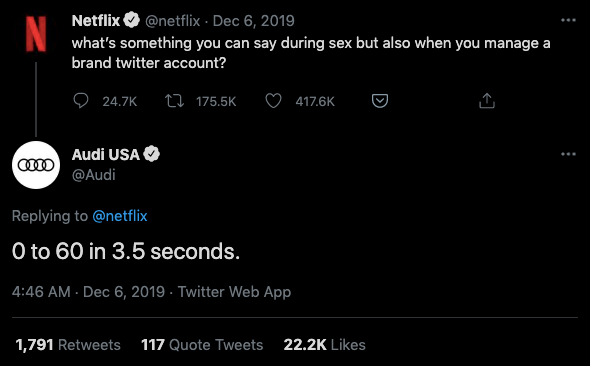By Adithya Venkatesan
Picking what to read and assimilating it is… a luxury. We’re inundated with so much, we lose track of what would enrich our knowledge.
All information is good, just that some are more timely than the rest.
Information Overload is a huge problem. Everyone’s creating more, and consumption is haphazard.
But, why does all this matter for branding, though?
All corporate brand marketing is essentially propaganda. But what if you could create a brand voice by owning and sharing mistakes, calling out experiments, and featuring people and teams doing disruptive work?

Branding is critical to get top of the mind recall, improve stickiness for a product, get more folks to talk about you and lastly, social media advocacy. It’s the missing sheen companies need in a time of Information Overload.
Brand building compounds over time, like fine wine. It’s a labour of time and consistency.
I often get asked how to structure a team — either on corporate branding or on product/engineering (p/e) branding. This piece should help you get started.
Corporate branding encompasses a lot more nuances, but this template should more or less capture the essence. Besides, it’s harder to build p/e brand than a generic corporate brand — the latter gets dictated by the Marketing team.
Product/Engineering brand-building
Unless you’re a consultancy whose core offering is p/e talent, branding early-on is a waste of time. Post Series A/B companies — this is where p/e talent matters. It’s when you’re hitting scale, and branding helps hiring, raising money, solidifying reputation for customers/users, etc.
Step 1:
Hire one person who understands content + core competencies of the brand. This person’s role will be structured to talk to p/e folks, founders and senior stakeholders. Get your story organised. Duration: 6 months.
Step 2:
Find a brand tonality. Every good brand has a narrative it wants to hunker down. Some want to go big on memes (Netflix), some want to be viewed as a nerd paradise (Stripe), some want a sense of arrogance about their scale (Gojek), others want to show humility against odds (Freshworks+Zoho).

Step 3:
Content. Long-form blogs. Be consistent. Pour gasoline on your social channels. P/e folks don’t want to read how cool you are. The good ones want to understand how you put out a fire, what kind of production issues you face, how you go about building a feature in a product — and the process behind that thinking. Sharp, incisive storytelling, minus the propaganda and fluff. The one content hire should ship this content after talking to stakeholders. Then, incentivise your own p/e folks to contribute often (through Amazon vouchers/contests)
Step 4:
Hire. To get better consistency in the range of content you put out, you need a combination of quantity and quality. It’s not enough to have quality alone. Volumes matter as well. Many fall prey to fixating on quality alone. This is also when you expand the team. It’s also when the brand team tackles more channels. Instagram? Videos? Pick what best suits what works.
Step 5:
Offline blitzkrieg. I’ve written about this extensively. Don’t spread your budgets thin over the year. Pick a timeline and go aggressive to grab eyeballs. Not enough folks do offline branding, and this can be an area that best works when thousands of others are vying for eyeballs. More details on the twitter thread below
Step 6:
Out of the ordinary. Think of 2–3 things you’ll do in a year that will be outright audacious. In our case, it was getting a bunch of comedians to use our product. This is when creative teams come together to work magic. These are your organic ideas that will shine, some will be duds — but compounds brand narrative over time.
Team composition
- 1 person who understands brand marketing, and has buy-in from Founders/senior leaders. Sets the tone for the team.
- 2/3 folks on long-form/short-form content for blogs/social media channels. Focus on creative folks who can flesh a good story.
- 1 digital marketing person who also tinkers with new tools, maintains the website, budgets, reports on team performance.
- 1 rockstar designer who will compliment all the great content. (Underrated role)
- 1 person on Developer Relations, community building, organising large-scale events for brand advocacy
- External agencies: To build the website, a video-production agency to edit videos/podcasts.
Good branding happens when senior leaders and the brand custodian are thick as thieves.
If you marry the thinking of the Founders, and double-up on great storytelling, you have a winner.
The last thing you want to do is focus on vanity metrics — likes, shares, views et al. This will happen over time even if it doesn’t mean much. Instead, the sine qua non should be on authenticity and making it worth the readers’ time.

For more stories, check out our blogs.

